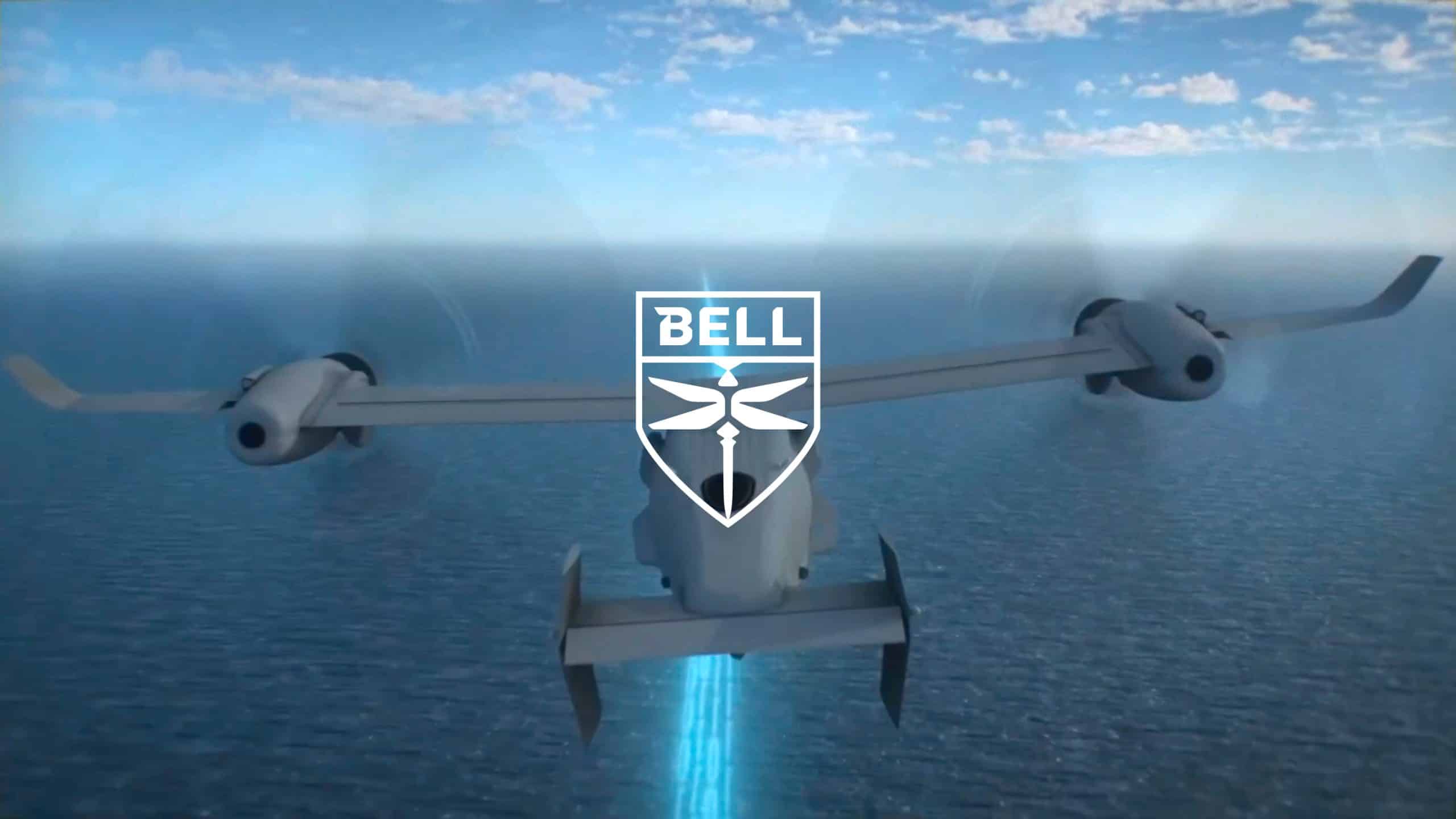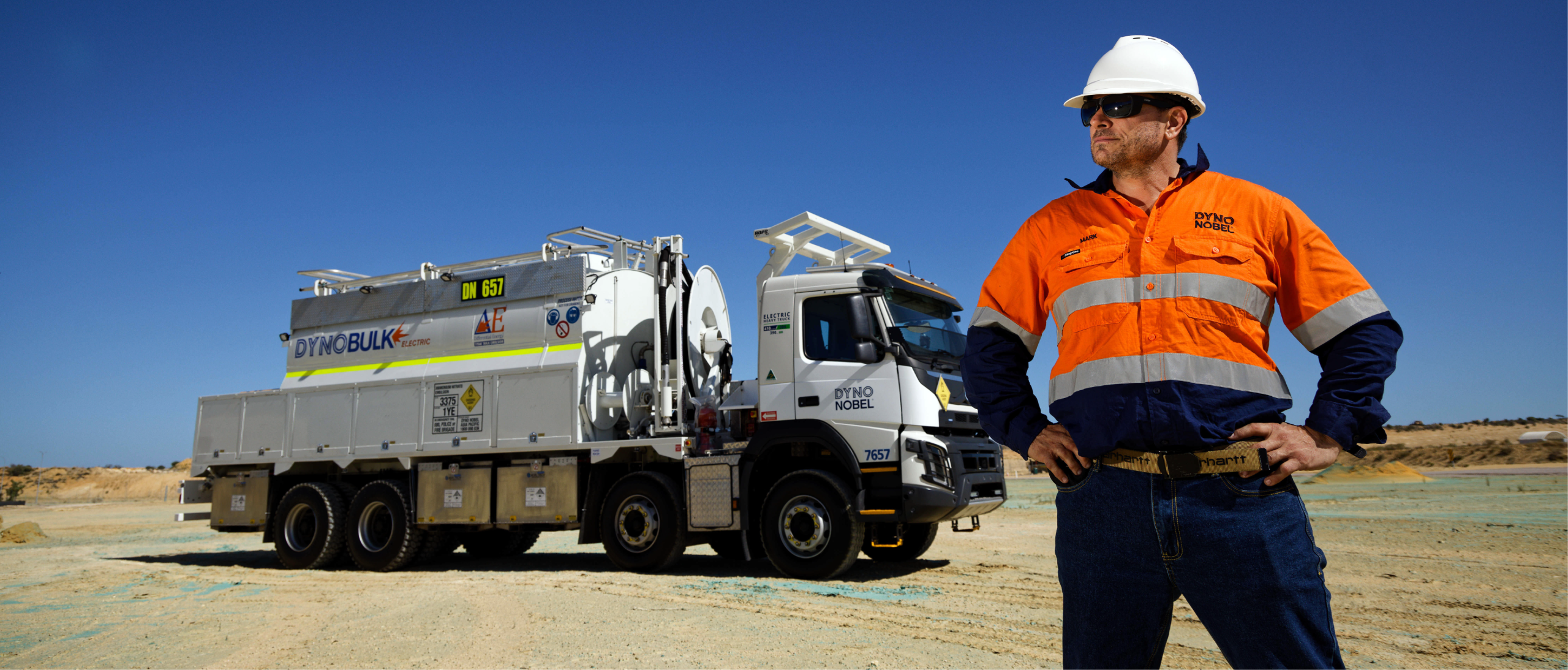How Bell is Revolutionizing Helicopter Technology: The Future of Aviation and Battlefield Support

CBS Description: In the world of aviation, technological advancements are not just about innovation but transforming lives. Bell is at the forefront of helicopter technology evolution redefined emergency services, battlefield support, and commercial aviation.
Acumen Description: In the world of aviation, technological advancements are not just about innovation; they are about transforming lives. Bell Textron Inc, is at the forefront of helicopter technology evolution redefined emergency medical services, battlefield support, and commercial aviation. From early operational models to cutting-edge autonomous aircraft, the industry continues to make advances in affordability, accessibility, and performance.
The Evolution of Helicopter Technology
Helicopter development has always been focused on solving real-world challenges. The introduction of fly-by-wire technology has paved the way for groundbreaking innovations. These technological advancements have enhanced maneuverability and response times for military operations, ensuring that service members receive faster and more effective support.
One of the most significant breakthroughs has been Bell’s development of the Future Long Range Assault Aircraft, this next-generation aircraft is designed to travel twice as far and twice as fast while maintaining modularity in its system architecture. By utilizing advancements from previous generations, Bell’s engineers created a platform that is adaptable, efficient, and highly capable of meeting the evolving needs of military operations.
Transforming Emergency and Military Aviation
Rescue and emergency medical aircraft have benefited immensely from these advancements. Helicopters play a crucial role in battlefield extractions, medical evacuations, and life-saving missions. Bell’s latest designs focus on speed, reliability, and enhanced safety for both crew members and passengers.
By incorporating cutting-edge predictive maintenance technology, operators can schedule maintenance around their operations rather than disrupting missions due to unexpected aircraft downtime.
Autonomy and the Future of Flight
One of the most exciting advancements in helicopter technology is the development of autonomous flight capabilities. While drones have demonstrated autonomy in unmanned operations, developing autonomous technology for piloted aircraft introduces new complexities. The ability to adjust autonomy levels based on mission needs ensures that pilots maintain control while leveraging automation for efficiency and safety.
The use of ALFA, Bell’s Aircraft Laboratory for Future Autonomy, a modified Bell 429 aircraft has allowed engineers to test and refine autonomous systems, including autonomous landing and perception technology. These advancements are shaping the future of both military and commercial aviation, offering increased flexibility and efficiency in flight operations.
A Future Without Limits
The future of helicopter technology is not just about building faster or more powerful aircraft but about creating solutions that enhance safety, reliability, and efficiency. The application of modular open systems, predictive analytics, and autonomous capabilities ensures that the next generation of aircraft will be more adaptable than ever before.
As technology continues to evolve, the dream of flying without boundaries is becoming a reality at Bell. Whether for military missions, emergency medical evacuations, or commercial operations, the helicopters of the future are set to revolutionize the skies.
Find out more about Economy 4.0 Campaign














